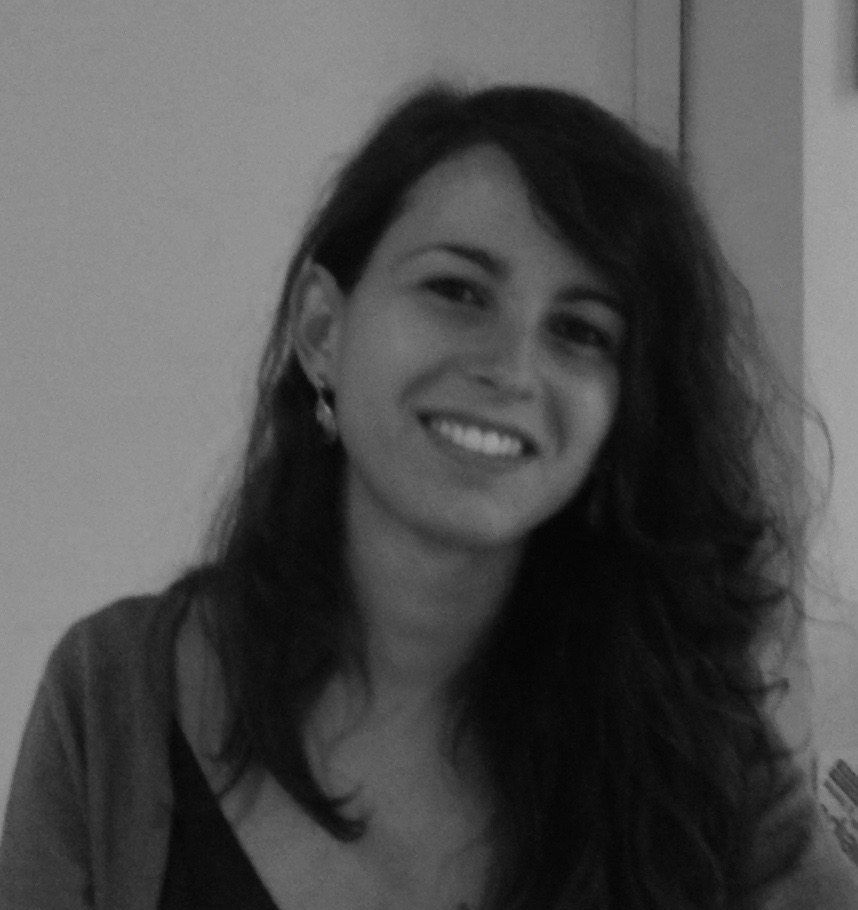Kenyan startup Kubik transforms difficult-to-recycle plastic waste into low-cost and low-carbon-emission construction materials for building long-lasting and less polluting structures. From schools to clinics, from homes to warehouses, Kubik aims to offer environmental decency and clean and accessible spaces to all lower-income countries as they grow and urbanise.
Kubik’s materials are derived entirely from plastic waste, are easy to assemble, and offer excellent insulation, all while being 40% cheaper than the materials they replace.
Kubik’s mission
The company’s co-founders are Kidus Asfaw, an engineer who has worked in over 40 countries across Africa, Asia, and South America, and Penda Marre, a production director and manufacturing and construction expert with experience in managing plastic recycling plants. They joined forces and combined their skills to tackle three of the major problems faced by urbanising nations: economic accessibility, waste, and climate change.
The company’s plan involves training over one thousand waste collectors and offering decent pay, conditions, and opportunities, also and especially to women, in a sector where they have traditionally been marginalised.
Image: Kubik
Targets and funding
Asfaw and Marre say that they make products that are boring by design because the goal is not to create something sophisticated but to make simple and accessible products that have a lasting impact on people’s lives.
The Nairobi-based startup won the 2023 Global Startup Awards and has received funding in the context of an incubator for accessibly-priced housing solutions from US non-profit Habitat for Humanity and from startup accelerator Plug and Play. Kubik has also launched pilot programmes with partners such as German development company GIZ to train waste collectors in the Addis Ababa region.
Website:
Name:
Kubik
Sector:
Low-carbon-emission construction
Pros:
Making homes more accessible, cleaner, and cheaper
Features:
Transformation of difficult-to-recycle plastic waste into low-cost construction materials
This article is also available in Italian / Questo articolo è disponibile anche in italiano
Image: Anthony Trivet, Pixabay



